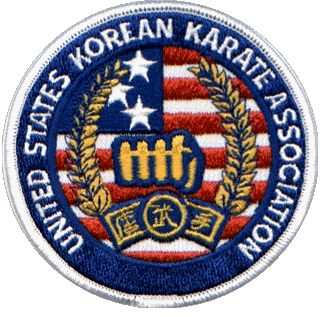 |
||||||||||||||||||||||||||||||||||
|
|
||||||||||||||||||||||||||||||||||
 |
|||
 |
|||
|
Neuro-Linguistic Programming, the Jedi Project and Visualization (Based on thoughts from "Handgun Combatives" by Dave Spaulding, 2002) In the early '80s, the US Army's Intelligence and Security Command (INSCOM) commissioned a study of alternative human learning technologies (alternative meaning "new age" type systems such as biofeedback, hypnosis, visualization, etc.) and specifically the use of Neuro-Linguistic Programming (NLP). The object of the project was to apply the basic concept of NLP, which is the modeling of excellence. In order to do this, individuals who are working at superior performance levels are identified. Their training methods and behaviors are then quantified and instilled in others through a very specific training course in order to raise them toward that superior level of performance. This project became known as "The Jedi Project" after the mythical Jedi warriors of "Star Wars" fame. NLP can be thought of as "the language of the brain." The idea is to use the brain's capability to copy or imitate the higher level of performance of another and incorporate it into your own personal performance. NLP enables the user to recreate a desired mental state on demand. It is a complex idea that utilizes Mental Imagery, Modeling and Anchoring to allow a person to attain a level of expertise quicker and more effectively than otherwise possible. Mental Imagery is like playing a video in your brain. When you envision yourself doing something properly over and over again, the brain begins to think that you are actually doing what you are envisioning! As it turns out, this is a very powerful learning tool. Modeling is taking the image and sensations of that "perfect" performance and imitating (experiencing) all of it in your head. It can be thought of as the "sights, sounds, smells and feel" of the ideal performance being imitated in the brain over and over again. Anchoring is the "remembering" of all that you have been visualizing and modeling in as close to the actual state of mind that you will be in for the actual event. After many repetitions of the "perfect" performance (after getting yourself in the "proper" state of mind), we then "anchor" or remember what we have been doing, so we can perform, for real, what we have been rehearsing in our head. State of mind is crucial in NLP. The proper state of mind ("fighting state") for self defense can be accessed by envisioning a loved one being attacked. Then VIVIDLY experience the internal sensations in response to seeing that loved one being attacked. In this state, the mind doesn't distinguish between reality and what is being imagined very well. (You all know how real dreams can be!) When a person REALLY envisions a loved one being attacked, they will experience a kinesthetic change in their body due to a true emotional response. The body will tilt forward, the weight will go on to the balls of their feet, the hands may clench, the head may hunch...when you see that and maybe some other body cues, that person will be in the "fighting state." It is in this state that you want to practice your defensive skills because the emotional content will make practicing in this state very realistic. Project Jedi observed two groups of soldiers, one of which went through the basic combat pistol qualification course lasting four and a half days. The second group was the test group and was given the new NLP basic pistol training that lasted one and a half days. The NLP group watched the performance of a master shooter and copied (through visualization and modeling) his techniques as best they could. At the end of their training, both groups fired the same pistol qualification course and the scores were then evaluated. The results of this study were undeniable. Among the findings were: Group One had 73% of the soldiers pass with 10% scoring at an expert rank. Group Two, the NLP group, had 100% pass with 25% scoring as expert! NLP demonstrated it has advantages in both reduction of training time and increase in proficiency levels. By modeling what you want to do, practicing as perfectly and as often as possible; visualizing the skills perfectly in your mind and using all of the above to anchor high quality performance and response, your road to defensive proficiency will be an easier and more enjoyable. [Another study was done with basketball students. Two groups of beginners were taught free throws. The first group were taken on the court, shown how to make a free throw and were allowed to practice for a week. The second group was shown something very close to the "prefect" free throw over and over again until everyone could "see" (envision) what was perfect. They were then told to see themselves doing perfect free throws. They were told to feel all of the sensations associated with these perfect free throws as they performed these free throws in their head. At the end of the week, the NLP group did as well (and in some cases, better) as the normal group. It is interesting to note that the NLP group did NOT use a basketball to practice all week!] |